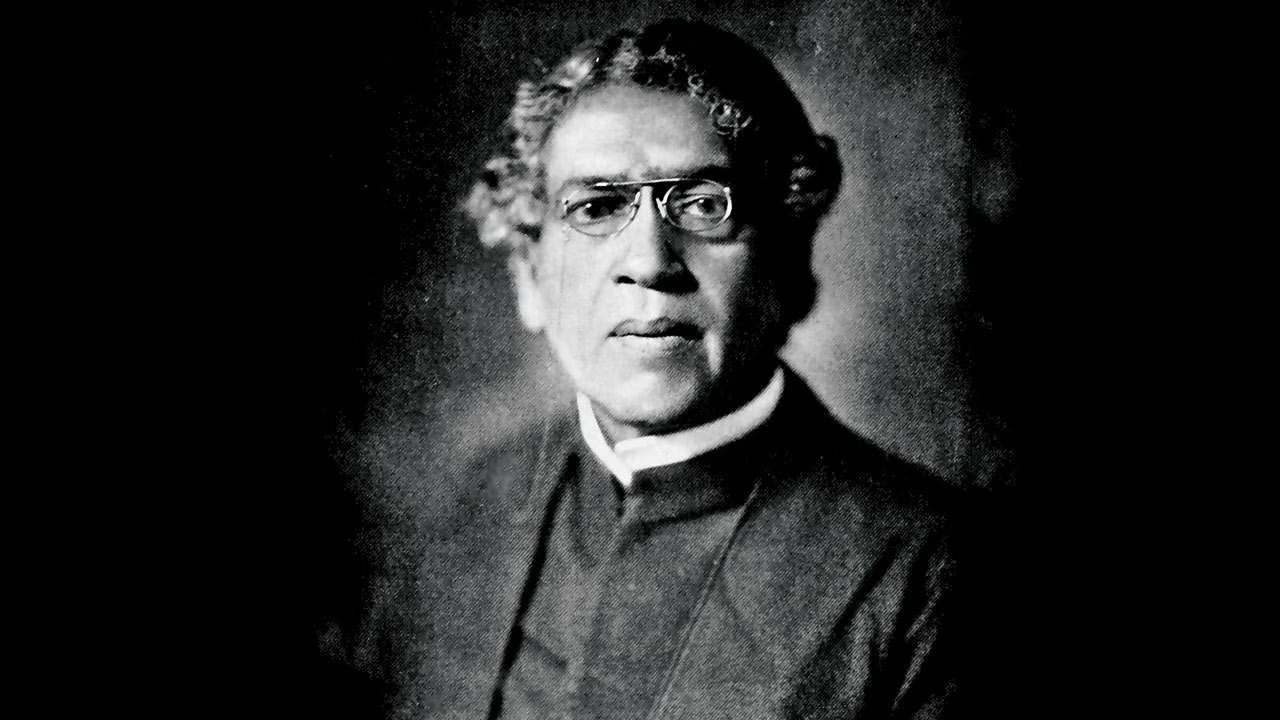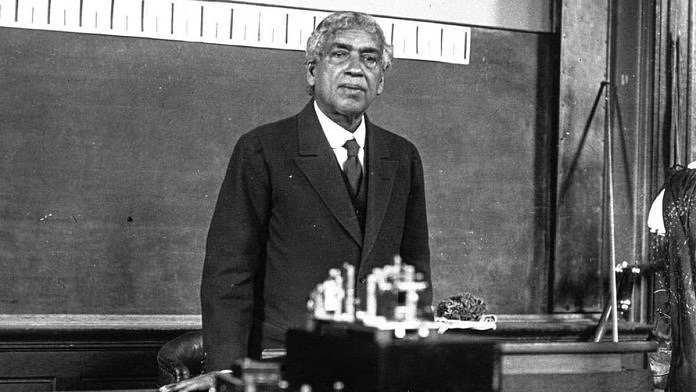Acharya Jagadish Chandra Bose: A Visionary Pioneer in Science

Acharya Jagadish Chandra Bose: A Visionary Pioneer in Science
Introduction
Acharya Jagadish Chandra Bose, one of India’s greatest scientists, was a visionary whose groundbreaking discoveries transcended the boundaries of physics, biology, and botany. Born on November 30, 1858, in Mymensingh (now in Bangladesh), Bose laid the foundation for modern scientific research in India. His pioneering work on plant physiology and the invention of the crescograph not only revolutionized science but also established him as one of the foremost thinkers of his era.
This post delves into the life, achievements, and enduring legacy of Jagadish Chandra Bose, emphasizing his unparalleled contributions to science and technology.
Early Life and Education of Acharya Jagadish Chandra Bose
Born to Bhagawan Chandra Bose, a prominent civil servant, Jagadish Chandra Bose was deeply influenced by his father’s commitment to education and nationalism. His early education in Bengali fostered a strong sense of cultural identity, while later exposure to English education introduced him to Western science and philosophy.
Bose pursued higher education at St. Xavier’s College in Kolkata and subsequently attended Christ’s College, Cambridge, where he specialized in natural sciences. His time at Cambridge nurtured his passion for research, setting the stage for his remarkable scientific career.
During his time in England, Bose faced racial discrimination but persevered to excel in his studies. His determination to succeed against all odds became a defining trait of his character.
Key Contributions to Science
1. Wireless Communication
While Guglielmo Marconi is widely credited with inventing the radio, Acharya Jagadish Chandra Bose’s experiments with electromagnetic waves predated Marconi’s work. In 1895, Bose demonstrated wireless communication using millimeter waves. His innovative use of semiconductor junctions as detectors laid the groundwork for modern wireless communication technologies.
Highlights:
- Conducted the first public demonstration of wireless waves in Kolkata.
- Developed a mercury coherer, a crucial component in wireless telegraphy.
- Demonstrated the ability to transmit signals over a distance of 75 feet through walls, showcasing the potential of wireless technology.
Bose’s contributions were ahead of their time, and he chose not to patent his discoveries, believing in the free dissemination of knowledge for the greater good of humanity.

2. Plant Physiology
Bose’s most celebrated contribution was in the field of plant physiology. He developed the crescograph, an instrument capable of measuring minute plant movements and growth. His research demonstrated that plants respond to external stimuli, such as light, heat, and sound, challenging the conventional belief that plants lacked sensitivity.
Highlights:
- Proved that plants have a nervous system-like response to stimuli.
- Pioneered the study of plant electrophysiology.
- Demonstrated that plants emit electrical signals in response to injuries, similar to animal nerve responses.
Bose’s work in this area opened new avenues for understanding plant behavior and significantly impacted agricultural practices.
3. Invention of the Crescograph
The crescograph, a marvel of scientific ingenuity, enabled Bose to measure growth rates as small as one micron. This invention remains a cornerstone in botanical research, influencing modern agriculture and plant biology. His experiments with this device revealed the intricate responses of plants to their environment, laying the groundwork for future studies in plant biophysics.

4. Microwave Research
Acharya Jagadish Chandra Bose’s research extended to the field of microwaves, where he developed various components, including waveguides and horn antennas. His findings have since been applied in radar technology and telecommunications.
Highlights:
- Published over 25 papers on electromagnetic waves.
- Anticipated the development of semiconductors.
- Demonstrated the interaction of microwaves with various materials, contributing to advancements in material science.
Acharya Jagadish Chandra Bose’s work in microwave technology laid the foundation for many modern communication systems, including satellite and mobile communication.
Achievements and Honors Acharya Jagadish Chandra Bose
International Recognition
Acharya Jagadish Chandra Bose’s scientific contributions earned him international acclaim. He was elected a Fellow of the Royal Society (FRS) in 1920, one of the highest honors in science. His work was praised by leading scientists of his time, including Lord Kelvin and Sir J.J. Thomson.
Founding Bose Institute
In 1917, Bose established the Bose Institute in Kolkata, one of India’s premier research institutions. The institute was founded with the vision of promoting interdisciplinary research and fostering scientific inquiry. It continues to be a hub for cutting-edge research in physics, biology, and other disciplines.
Awards and Accolades
- Companion of the Order of the Indian Empire (CIE) in 1903.
- Knighted by the British government in 1917 for his contributions to science.
- Honored by the Indian government with numerous tributes, including the naming of streets and institutions after him.

Legacy
Acharya Jagadish Chandra Bose’s legacy transcends his scientific achievements. He was a polymath who bridged the gap between Eastern and Western scientific traditions, inspiring generations of Indian scientists to pursue research with vigor and dedication.
His interdisciplinary approach—combining physics, biology, and engineering—paved the way for modern scientific research in India. Today, his contributions are celebrated in schools, universities, and scientific communities worldwide. Bose’s emphasis on scientific education and collaboration has left an indelible mark on the global scientific community.
His decision not to patent his inventions underscores his commitment to the free dissemination of knowledge, a principle that resonates with the open-source movements of today.
Memorable Quotes
- “The true laboratory is the mind, where behind illusions we uncover the laws of truth.”
- “Science is the greatest creative impulse of mankind.”
- “A nation’s greatness depends on its scientific achievements and how it applies them for the welfare of humanity.”
Conclusion
Acharya Jagadish Chandra Bose’s contributions to science and technology remain unparalleled. His pioneering work in wireless communication, plant physiology, and microwave research revolutionized modern science, earning him a place among the greatest minds in history. As we honor his legacy, his story serves as a beacon of inspiration for aspiring scientists worldwide.
By integrating his love for nature with cutting-edge technology, Bose demonstrated that science knows no boundaries. His life and work remind us that true innovation requires a blend of creativity, curiosity, and unwavering determination.
Discover more about Acharya Jagadish Chandra Bose and other pioneering scientists. Share this post to inspire others with the story of one of India’s greatest minds.
For More Post about Bengali Legends please visit Bengali Legends
Follow Us for on Social Media: Facebook | Instagram | Pinterest | Twitter | YouTube



